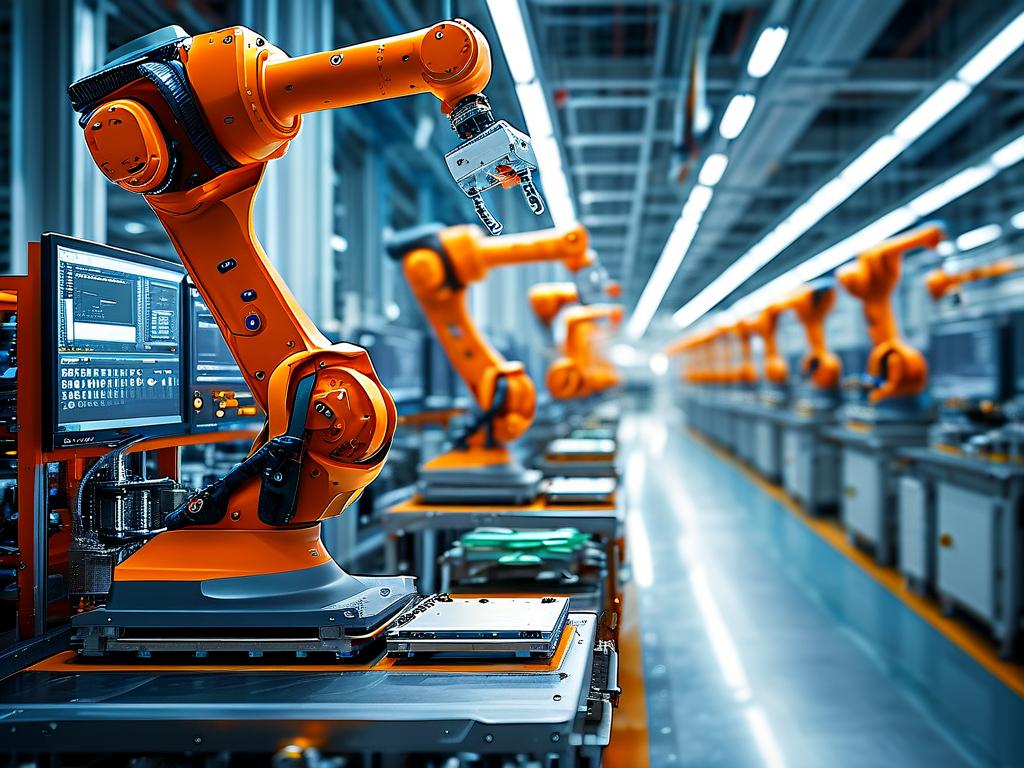As global talent mobility reaches unprecedented levels, embedded systems development has emerged as a critical skillset reshaping immigration patterns across industrialized nations. This technical specialization is quietly altering traditional migration routes while creating novel career pathways for engineers worldwide.

The fusion of hardware and software expertise required in embedded development positions practitioners at the crossroads of multiple emerging technologies. From IoT devices to automotive control systems, professionals capable of designing resource-constrained solutions are witnessing 38% higher visa approval rates in countries like Germany and Canada compared to other IT sectors, according to 2023 OECD skills mobility reports.
National immigration strategies now explicitly target embedded systems talent through mechanisms like:
# Sample code demonstrating Canada's Express Entry CRS calculator
def calculate_crs(embedded_skill=True):
base_points = 340
skill_bonus = 50 if embedded_skill else 0
return base_points + skill_bonus
This coding logic mirrors real-world policy implementations where embedded development experience directly impacts Comprehensive Ranking System scores.
Industrial demand forms the engine driving this migration trend. Automotive manufacturers in Bavaria require 12,000 embedded engineers annually to meet electric vehicle production targets, while Singapore's smart city initiatives have created 8,000+ positions in sensor network development since 2021. Such market forces are compelling governments to streamline work permit processes – Sweden now processes embedded specialist visas within 15 working days compared to 42 days for general employment permits.
The skills transformation challenge remains significant. Traditional computer science programs often lack adequate focus on real-time operating systems (RTOS) and hardware abstraction layers (HAL) crucial for modern embedded roles. Forward-thinking nations like Australia have responded with targeted upskilling initiatives, with their Global Talent Visa program funding 73 embedded systems bootcamps in 2023 alone.
Salary differentials further fuel this migration wave. Embedded developers in Switzerland command 109,000 CHF annually compared to 45,000 USD equivalent positions in emerging tech hubs, creating powerful economic incentives. However, cultural adaptation and certification recognition barriers persist, with 62% of migrants requiring additional certification exams despite professional experience, per IEEE's 2024 global engineering survey.
As artificial intelligence converges with embedded systems through TinyML implementations, this skills domain is poised for exponential growth. Nations are already competing through policy innovations – Japan's new "Embedded Technology Fast Track" visa offers permanent residency eligibility within three years, while Chile provides tax-free equipment import privileges for embedded specialists establishing local startups.
The environmental impact of this migration pattern deserves attention. Embedded systems' role in energy-efficient technologies positions migrating engineers as critical players in climate change mitigation. Projects like Amsterdam's smart grid infrastructure, developed primarily by immigrant embedded engineers, have reduced district energy waste by 41% since implementation.
This evolving landscape presents both opportunities and challenges. While skilled professionals gain unprecedented global mobility, source countries face brain drain pressures. India's National Skill Development Corporation reports 22% annual attrition in embedded engineering talent, prompting new retention incentives including 300% increases in research grants for domestic embedded projects.
The future trajectory suggests deepening integration between migration policies and technological specialization. With 5G-enabled embedded devices projected to grow 380% by 2029, the engineers mastering these technologies today are effectively programming their own international career paths tomorrow.









